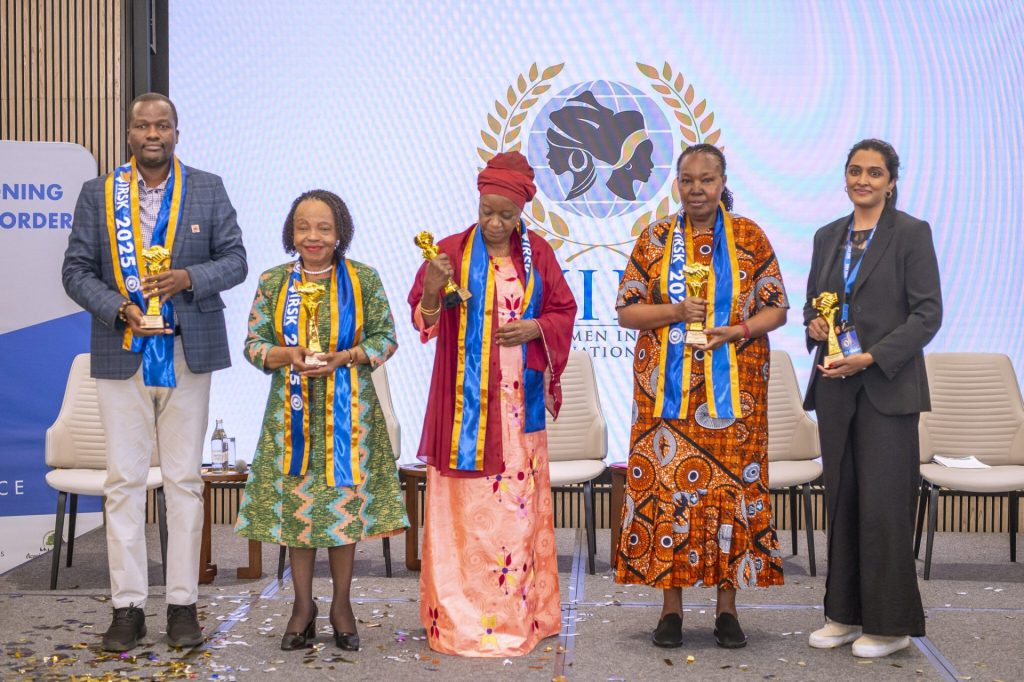
3rd Edition of the IRSK Annual Conference: Strengthening COMESA’s Role in a Shifting Global Landscape
Bridging research, policy, and practice is shaping how Africa responds to global shifts

Bridging research, policy, and practice is shaping how Africa responds to global shifts
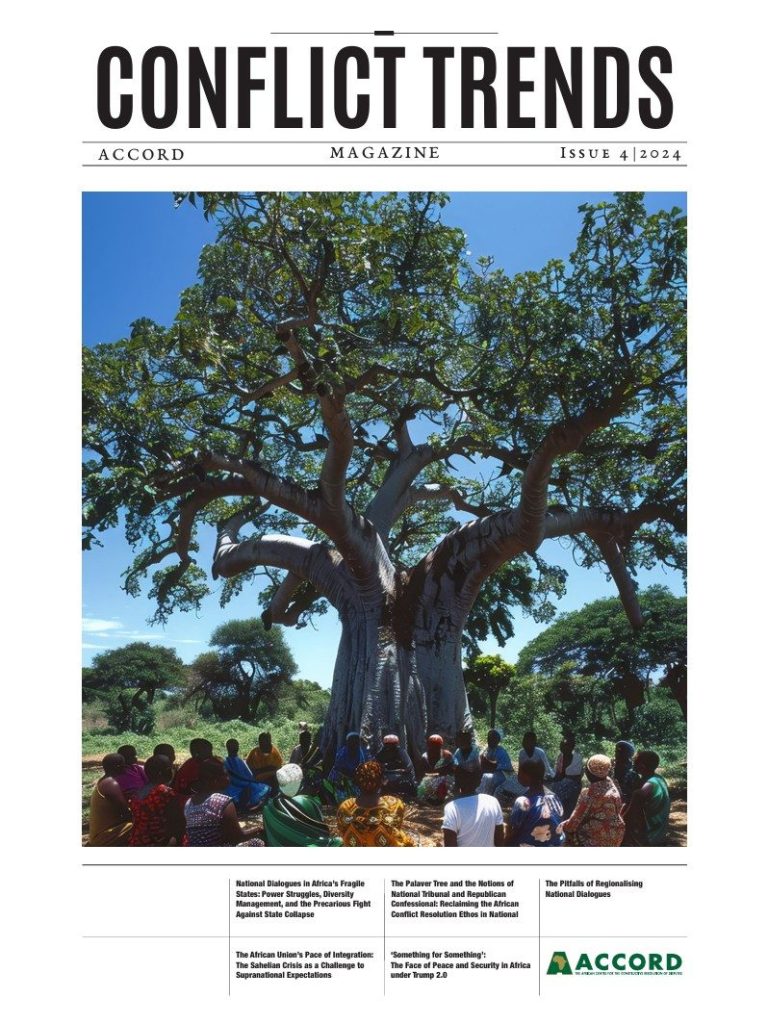
This edition of Conflict Trends begins with three articles focused on national dialogues in Africa. The first article, written by Distinct Obuzor Imaka and Tonye Marclint Ebiede, discusses national dialogues
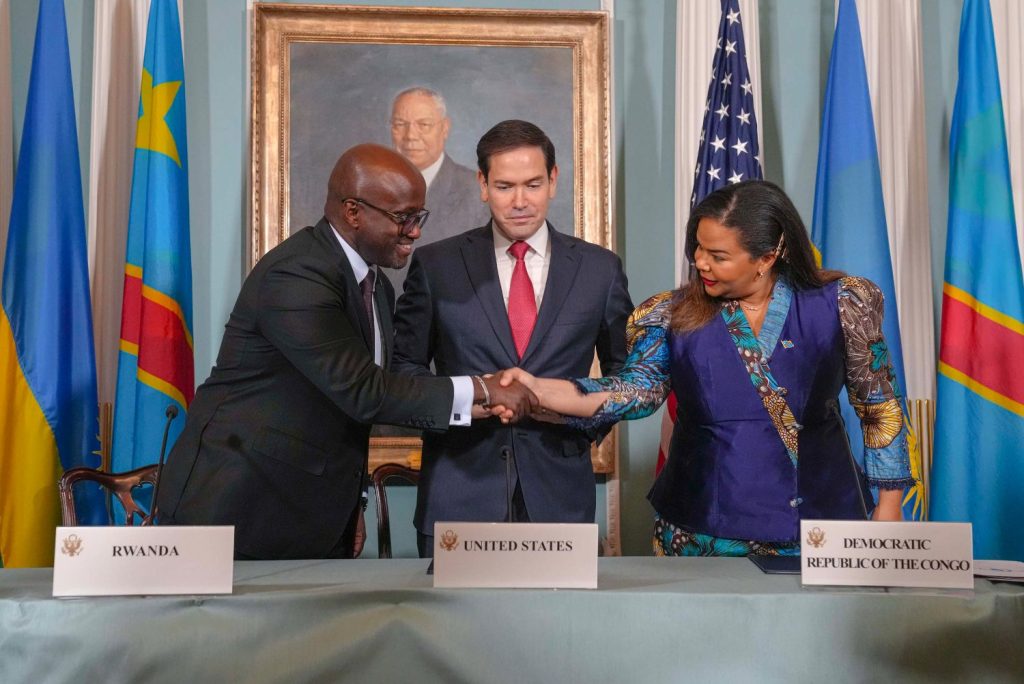
One of the defining characteristics of this US Administration is the emergent doctrine of ‘something for something,’ whereby US engagement in global affairs, is conditional upon tangible benefits, primarily economic or strategic resources.
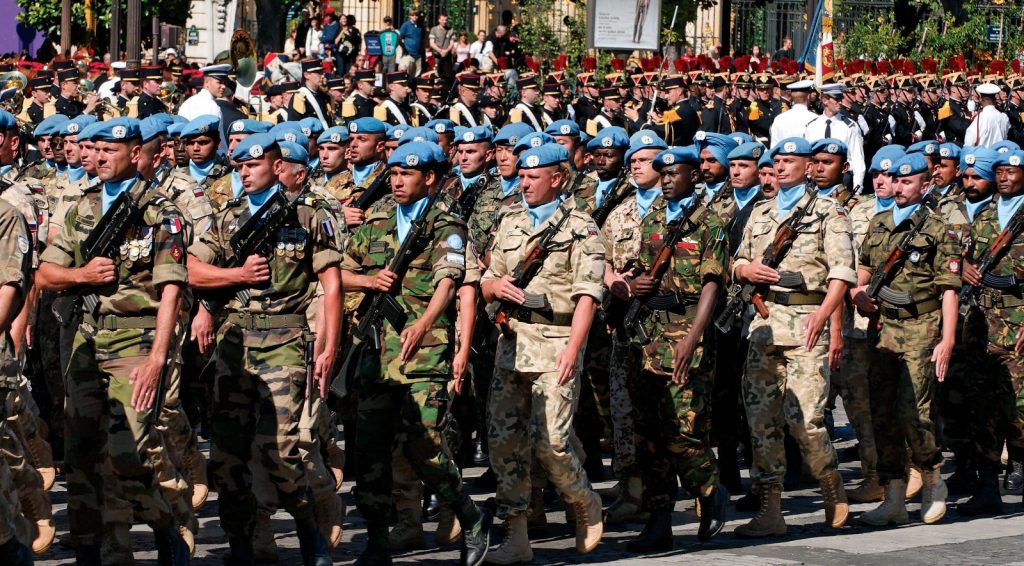
The April edition of the Conflict and Resilience Monitor begins with a feature article from the CEO of the African Peer Review Mechanism (APRM), H.E. Ambassador Marie-Antoniette Rose-Quatre. Ambassador Rose-Quatre
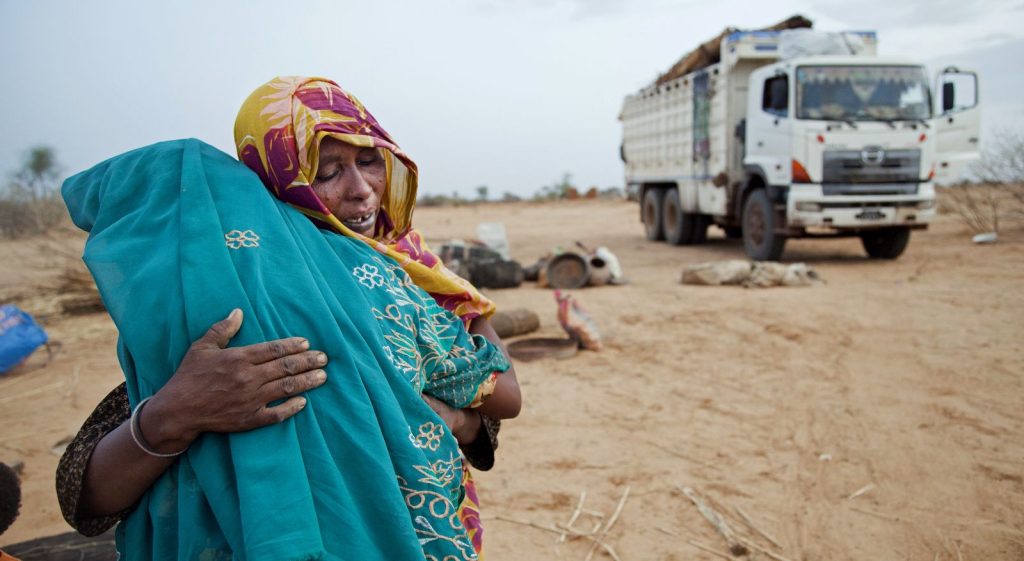
As foreign diplomats, donors, and regional powers debated the country’s future, Sudanese civilians, civil society leaders, and representatives from both warring parties were notably absent.
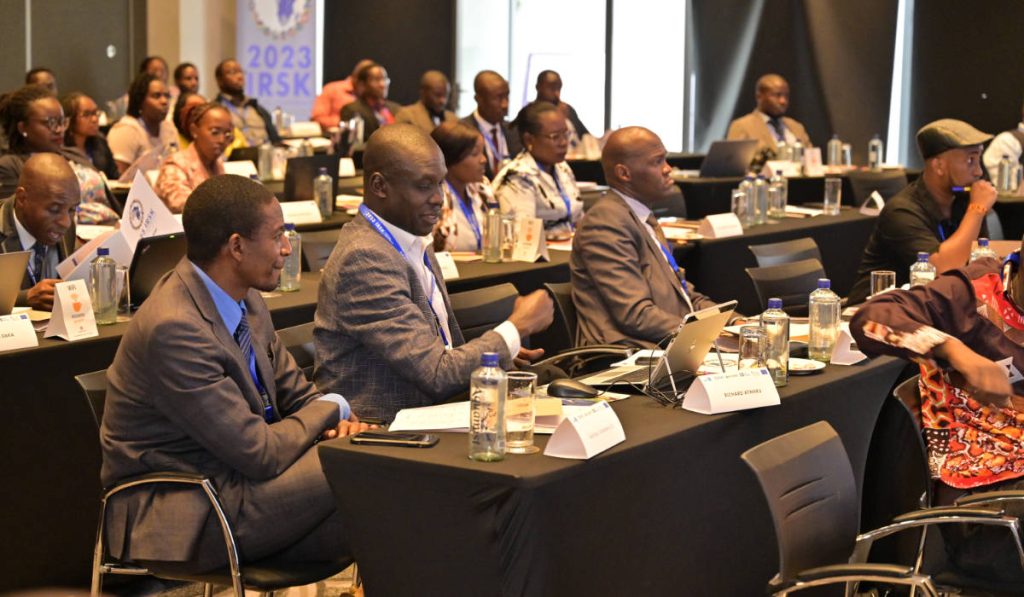
Addressing the polycrisis and geo-strategic competition challenges in the COMESA Region.
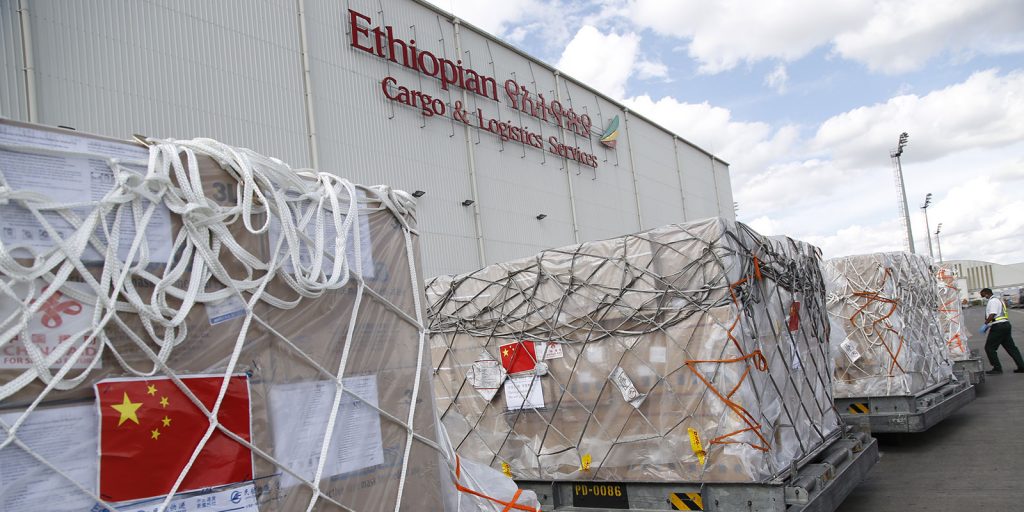
China’s reputation game in Africa is of strategic and vital importance as Chinese engagements (investments, infrastructure, and other projects) typically receive positive ratings on the continent while generating controversy and outcry in other parts of the world.
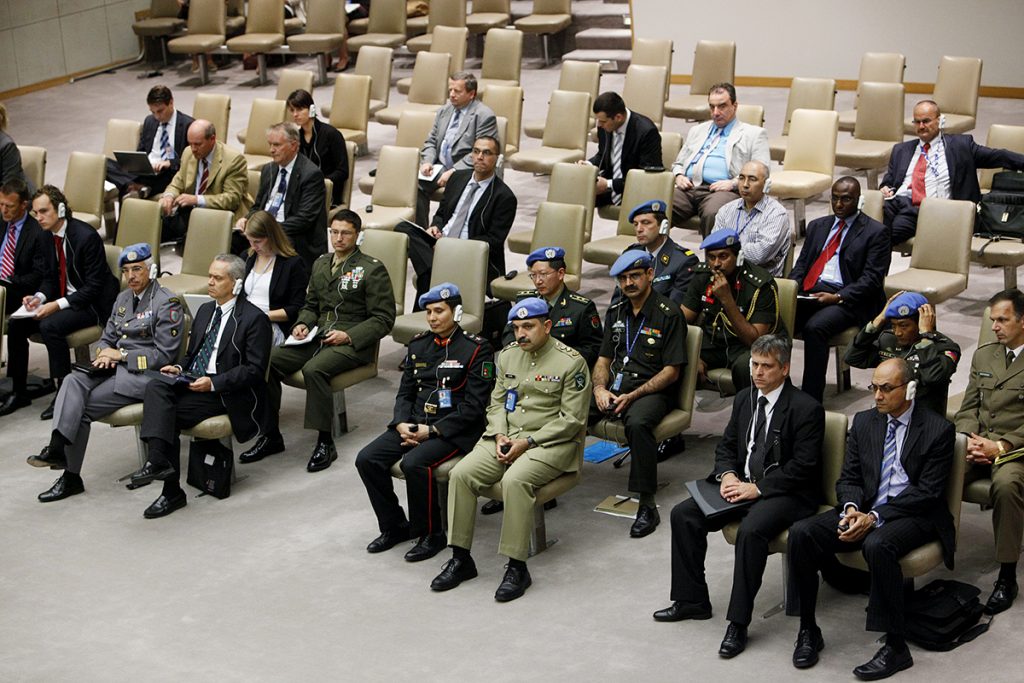
This handbook, Conducting Track II Peacemaking: A Peacemaker’s Toolkit Book 3, links the evolvement of track II diplomacy to the complexity and intractability of post-Cold War conflicts. Modern-day conflicts involve
Peace is a journey, starting from the interior of the persons involved, but aimed towards a re-creation of the community for the sake of justice and well-being after disasters. So,